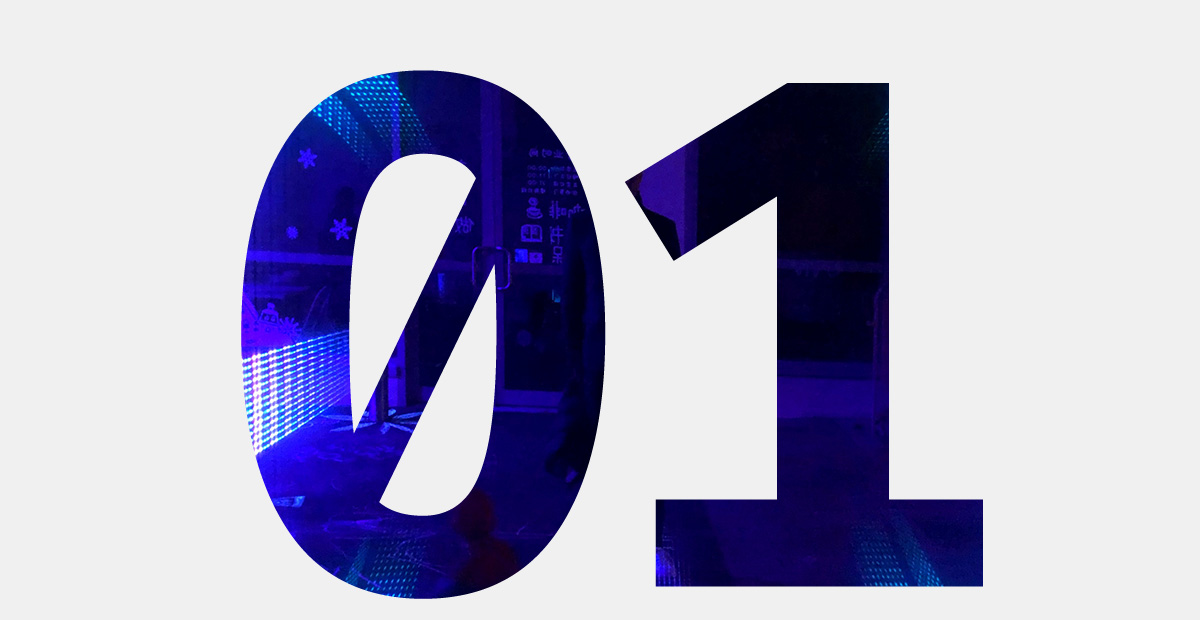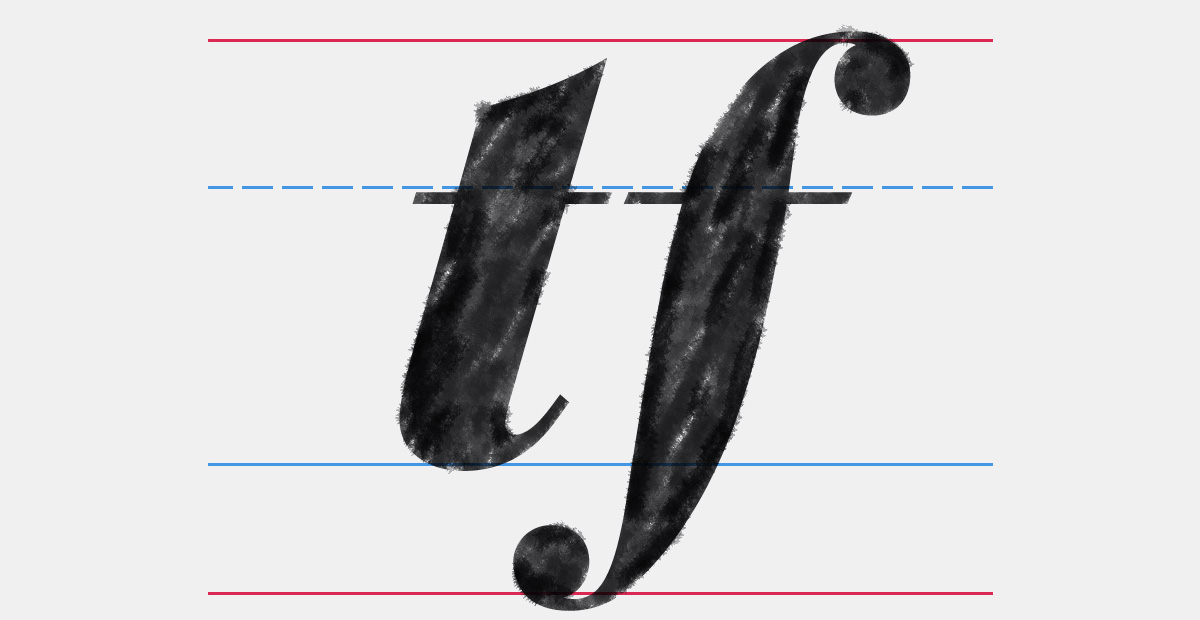When classic and new design collides
A diverse crowd was gathered for AGDA’s first ‘Design Means Business’ series of talks at the Ambush gallery here in Sydney. The format was brilliantly different in that four seasoned design professionals circulated between four tables, where after doing a 10 minute pitch on their thoughts around the future of design, the table would have an open discussion to resolve or clarify any of the views presented.
Many argued for a rise in collaborative and insights driven design, where data and open source technology lay the foundation for faster, better, and more robust work. The most opposing view however came from Michael Lugmayr from Toko, who felt that craft, honesty and integrity were much more important parts of the design foundation and saw this as the fast approaching fork in the road. Do you do the cookie-cutter, watered down approach to design, or do you stick to your own conviction, values and vision?
In many ways, Mr. Lugmayr is here channeling The Fountainhead’s Howard Roark. This view of design coming from a singular vision, and not from either collaboration or technology can be seen as a very old school way of thinking, and someone did in fact point out that this would be considered ‘classic design’. Toko is a traditional Graphic Design studio, and there is a level to which they can ignore user testing and analytics, much like there is a divide between functional and aesthetic design. As the line between design and business quickly gets blurrier however, and data driven experiences become increasingly pervasive, choosing to ignore such factors may prove detrimental to small agencies. The ability to adapt, re-invent, and draw from a larger pool of skill sets will be the best way to ensure you are not left behind. Unless you like being referred to as ‘classic’ that is.
Mr. Lugmayr isn’t wrong however, and there is a lot of merit to focusing on craftsmanship, clearly evident in the beautiful work Toko produces. While I’m firmly in the camp of ensuring that insight sits at the heart of any user experience I help design, I still try to achieve a marriage of both approaches, where a high level of craftsmanship and integrity is baked into the final outputs. Tight timelines however tends to be the biggest barrier to experimentation, exploration and iterative changes which are the building blocks of a truly refined output. More often than not you have to choose between one or the other, and since I mostly design for user problems and not purely for aesthetic reasons, the tried and tested approach will continue to get the upper hand. The solution might be bespoke, but the building blocks will be based on whatever gets me there faster.
The other benefit to selling yourself as a ‘classic’ graphic designer is that it’s a clearly defined role most people understand. UX designers however will for a while longer continue to squabble over the meaning of their job titles and how they best fit within any given business and product design cycle, as will their clients. But who knows. Maybe someday I’ll refer to myself as a classic UX designer.




